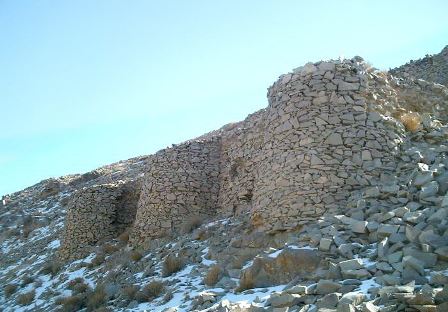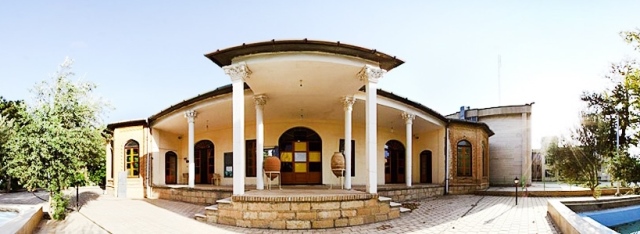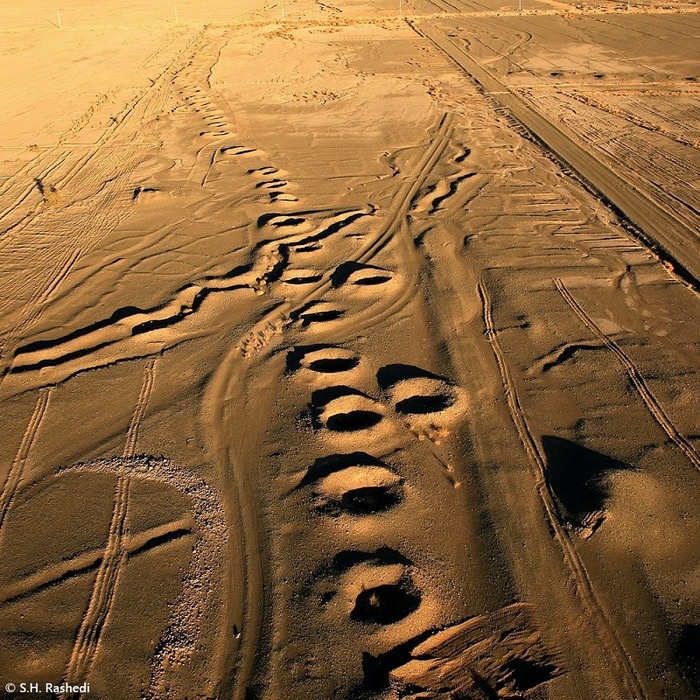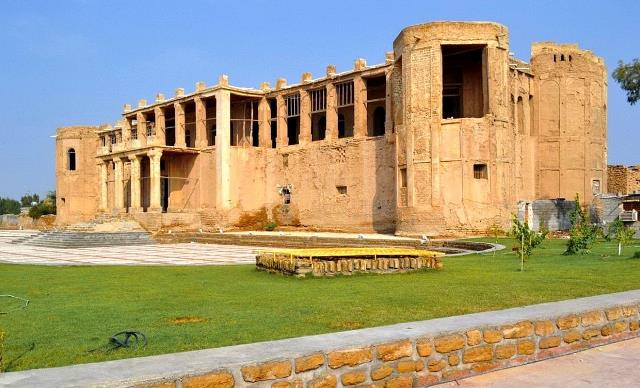
The Sanjesh (Measure) Museum of Tabriz
The building includes a brick entrance, a porch, an entrance corridor, a pool house, a large sitting area, a large three-door living room in the north, subsidiary living rooms on the eastern and western sides, a water storage place, and a garden yard.
The main part of the building is located on the north side of the yard. The west and east sides also have facilities and sitting rooms. Two columned porches have been added to the side entrances of the western living room. The lower floor of the northern living room is dedicated to the pool house that was used in summers. The rooms, around the niches, ceilings, and fireplaces of the building have been gilded. The ceiling of the northern sitting area and the northern facade of the building have been decorated with plaster with mirror work. The windows of the building are decorated with stained colored glass and its portal is designed with plasterwork and brick in the shape of a chandelier. The columns of the sitting halls have been decorated with capitals designed with plasterwork.
The museum exhibits a variety of weighing instruments such as goldsmith scales, large cargo scales, weights, oil scales, astronomical instruments such as astrolabes, meteorological measuring instruments, compasses, and clocks from past centuries. A 5-million-year-old tree trunk from the Pliocene era of the Neolithic geological period is also housed in the museum.
Over time this trunk has become fossilized and turned into siliceous stone. Similarly, by absorbing organic matter the vessels and walls of this tree have hardened and its outer layer has taken on a color similar to iron rust.
The Sanjesh Museum also houses a sample of the first gas pumps used in Iran, which were manual pumps and made in England about one hundred years ago. A historical clock with the image of Caesar Augustus, an emperor of ancient Rome, that was built in Cannes, France in the 17th century CE is also housed in the museum.
| Name | The Sanjesh (Measure) Museum of Tabriz |
| Country | Iran |
| Historical Period | year 1380 (Solar Hegira) |


Choose blindless
Red blindless Green blindless Blue blindless Red hard to see Green hard to see Blue hard to see Monochrome Special MonochromeFont size change:
Change word spacing:
Change line height:
Change mouse type:





.jpg)

.jpg)






